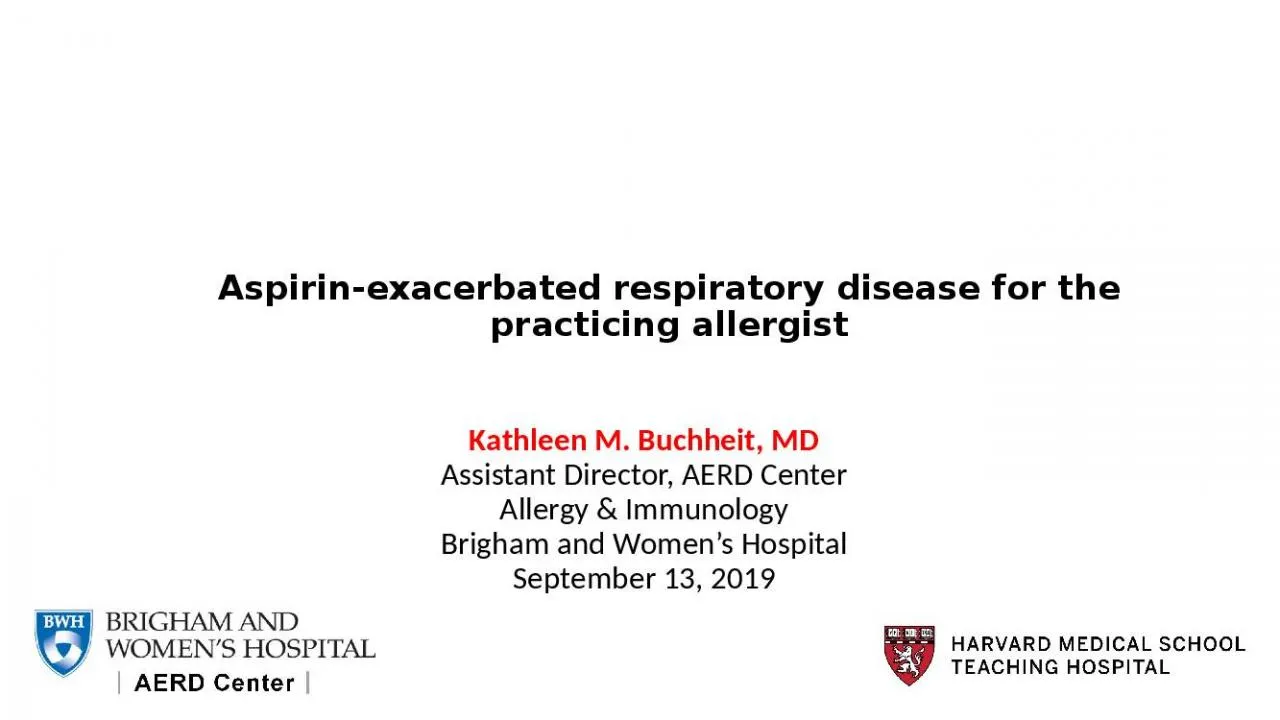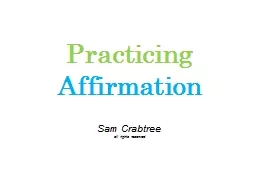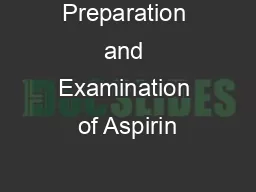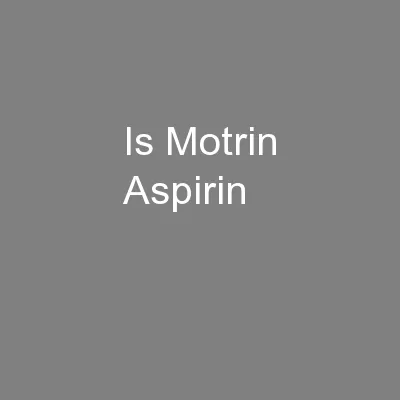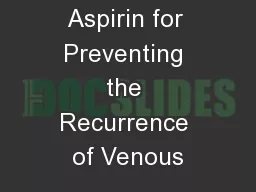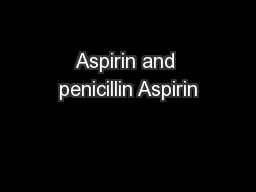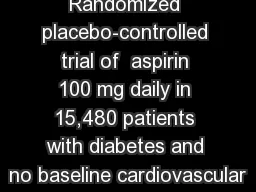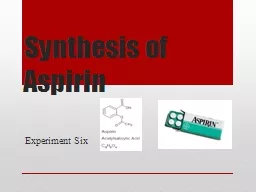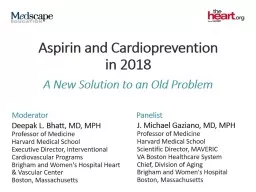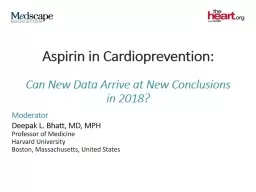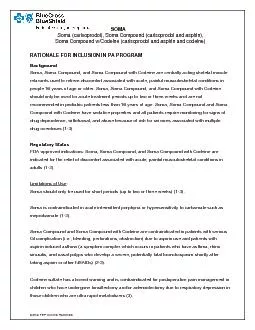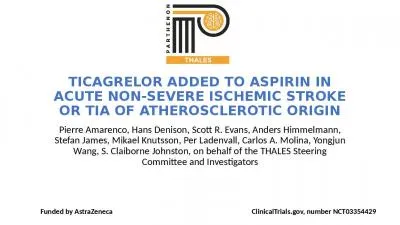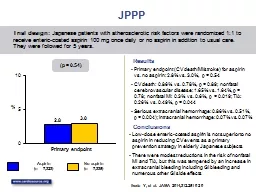PPT-Aspirin-exacerbated respiratory disease for the practicing allergist
Author : udeline | Published Date : 2022-02-12
Kathleen M Buchheit MD Assistant Director AERD Center Allergy amp Immunology Brigham and Womens Hospital September 13 2019 Conflict of Interest Disclosure Relevant
Presentation Embed Code
Download Presentation
Download Presentation The PPT/PDF document "Aspirin-exacerbated respiratory disease ..." is the property of its rightful owner. Permission is granted to download and print the materials on this website for personal, non-commercial use only, and to display it on your personal computer provided you do not modify the materials and that you retain all copyright notices contained in the materials. By downloading content from our website, you accept the terms of this agreement.
Aspirin-exacerbated respiratory disease for the practicing allergist: Transcript
Download Rules Of Document
"Aspirin-exacerbated respiratory disease for the practicing allergist"The content belongs to its owner. You may download and print it for personal use, without modification, and keep all copyright notices. By downloading, you agree to these terms.
Related Documents

